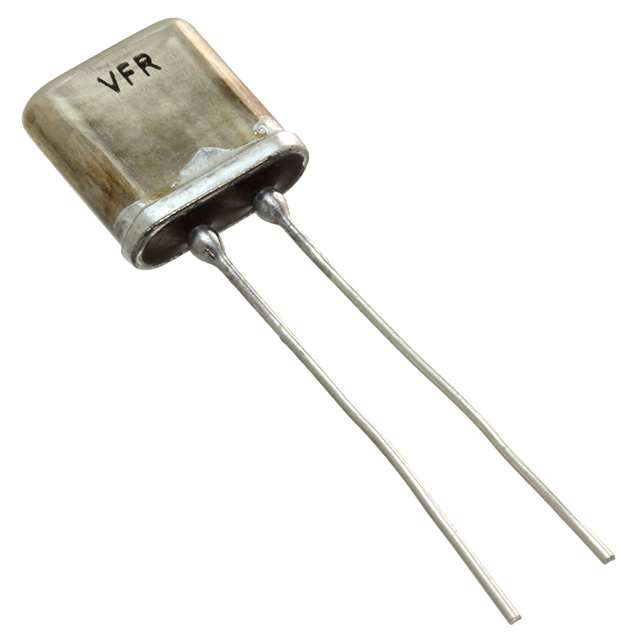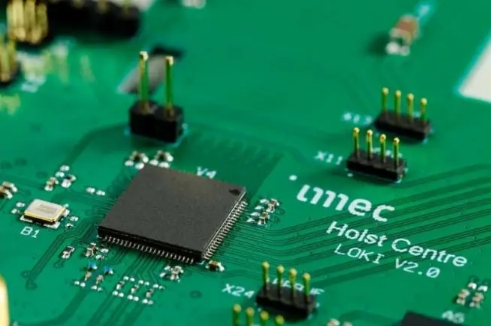Popular models of common capacitor functions
Popular Models of Common Capacitor Functions
I. Introduction
Capacitors are fundamental components in electronic circuits, playing a crucial role in various applications ranging from energy storage to signal processing. Defined as passive electrical devices that store energy in an electric field, capacitors are essential for the functionality of many electronic devices. This article aims to explore the basic principles of capacitors, their types, common functions, mathematical models, practical considerations for selection, and future trends in capacitor technology.
II. Basic Principles of Capacitors
A. Explanation of Capacitance
Capacitance is the ability of a capacitor to store charge per unit voltage, measured in Farads (F). The capacitance of a capacitor is influenced by several factors:
1. **Dielectric Material**: The insulating material between the capacitor plates affects its capacitance. Different materials have different dielectric constants, which determine how much charge can be stored.
2. **Surface Area**: The larger the surface area of the plates, the greater the capacitance. This is because a larger area can hold more charge.
3. **Distance Between Plates**: The closer the plates are to each other, the higher the capacitance. Reducing the distance increases the electric field strength, allowing for more charge storage.
B. How Capacitors Store and Release Energy
Capacitors store energy in the form of an electric field created between two conductive plates separated by a dielectric. When a voltage is applied across the plates, positive and negative charges accumulate on opposite plates, creating an electric field. When the capacitor is connected to a circuit, it can release this stored energy, providing power to the circuit components.
C. Common Applications of Capacitors in Circuits
Capacitors are used in various applications, including:
Power Supply Circuits: To smooth out voltage fluctuations.
Timing Circuits: In conjunction with resistors to create time delays.
Signal Coupling and Decoupling: To allow AC signals to pass while blocking DC components.
III. Types of Capacitors
A. Ceramic Capacitors
Ceramic capacitors are made from ceramic materials and are widely used due to their small size and reliability. They are ideal for high-frequency applications but have limited capacitance values.
**Advantages**: Small size, low cost, and stability.
**Disadvantages**: Limited capacitance and voltage ratings.
B. Electrolytic Capacitors
Electrolytic capacitors are polarized capacitors that offer high capacitance values in a relatively small package. They are commonly used in power supply applications.
**Advantages**: High capacitance and low cost.
**Disadvantages**: Limited lifespan and sensitivity to voltage polarity.
C. Film Capacitors
Film capacitors use a thin plastic film as the dielectric. They are known for their stability and low loss characteristics, making them suitable for audio and high-frequency applications.
**Advantages**: High stability and low ESR.
**Disadvantages**: Larger size compared to ceramic and electrolytic capacitors.
D. Tantalum Capacitors
Tantalum capacitors are known for their high capacitance and reliability. They are often used in compact electronic devices.
**Advantages**: High capacitance in a small size and stable performance.
**Disadvantages**: Higher cost and sensitivity to voltage spikes.
E. Supercapacitors
Supercapacitors, or ultracapacitors, can store a large amount of energy and are used in applications requiring rapid charge and discharge cycles, such as energy storage systems.
**Advantages**: High energy density and long cycle life.
**Disadvantages**: Lower voltage ratings and higher self-discharge rates.
IV. Common Capacitor Functions
A. Energy Storage
Capacitors are primarily used for energy storage. They can quickly release energy when needed, making them essential in power supply circuits. For example, in a power supply, capacitors smooth out voltage fluctuations, ensuring a stable output.
B. Filtering
Capacitors play a vital role in filtering applications. They can smooth out voltage fluctuations in power supplies and audio circuits, ensuring a clean and stable signal. In audio applications, capacitors help eliminate unwanted noise, enhancing sound quality.
C. Coupling and Decoupling
Capacitors are used for coupling and decoupling signals in electronic circuits. Coupling capacitors allow AC signals to pass while blocking DC components, which is crucial in audio and radio frequency applications. Decoupling capacitors help reduce noise and stabilize voltage levels in power supply circuits.
D. Timing and Oscillation
Capacitors are integral to timing circuits, where they work with resistors to create time delays. In oscillators, capacitors help generate periodic signals, which are essential in various applications, including clocks and signal generators.
V. Mathematical Models of Capacitor Functions
A. Basic Capacitor Equations
1. **Capacitance Formula**: The capacitance (C) of a capacitor is defined by the formula \( C = \frac{Q}{V} \), where \( Q \) is the charge stored and \( V \) is the voltage across the capacitor.
2. **Energy Stored in a Capacitor**: The energy (E) stored in a capacitor can be calculated using the formula \( E = \frac{1}{2} CV^2 \). This equation highlights the relationship between capacitance, voltage, and energy storage.
B. Impedance of Capacitors in AC Circuits
In AC circuits, capacitors exhibit capacitive reactance, defined by the formula \( X_c = \frac{1}{2\pi fC} \), where \( f \) is the frequency of the AC signal. This reactance decreases with increasing frequency, allowing capacitors to pass higher frequency signals while blocking lower frequencies.
C. Time Constant in RC Circuits
The time constant (\( \tau \)) in an RC circuit, defined as \( \tau = RC \), is a critical parameter that describes how quickly a capacitor charges or discharges. The time constant is significant in transient response analysis, determining how long it takes for the voltage across the capacitor to reach approximately 63% of its final value.
VI. Practical Considerations in Capacitor Selection
A. Factors to Consider When Choosing a Capacitor
When selecting a capacitor for a specific application, several factors must be considered:
1. **Capacitance Value**: The required capacitance value for the application.
2. **Voltage Rating**: The maximum voltage the capacitor can handle without failure.
3. **Temperature Coefficient**: The capacitor's performance over varying temperatures.
4. **Equivalent Series Resistance (ESR)**: A measure of the internal resistance that affects the capacitor's efficiency.
B. Common Mistakes in Capacitor Selection
Common mistakes include selecting a capacitor with insufficient voltage ratings, ignoring temperature coefficients, and not considering the application’s frequency requirements.
C. Future Trends in Capacitor Technology
The future of capacitor technology is promising, with advancements in materials and manufacturing processes leading to smaller, more efficient capacitors. Innovations such as organic capacitors and nanotechnology are expected to enhance performance and expand applications.
VII. Conclusion
Capacitors are indispensable components in electronic circuits, serving various functions from energy storage to signal processing. Understanding the principles, types, and functions of capacitors is essential for anyone involved in electronics. As technology advances, the role of capacitors will continue to evolve, making it crucial for engineers and hobbyists alike to stay informed about the latest developments in capacitor technology.
VIII. References
For further reading and exploration of capacitor technology and applications, consider the following resources:
- "Capacitors: Principles and Applications" by John Smith
- "The Art of Electronics" by Paul Horowitz and Winfield Hill
- IEEE Journals on capacitor technology and applications
By delving deeper into these resources, readers can enhance their understanding of capacitors and their critical role in modern electronics.









